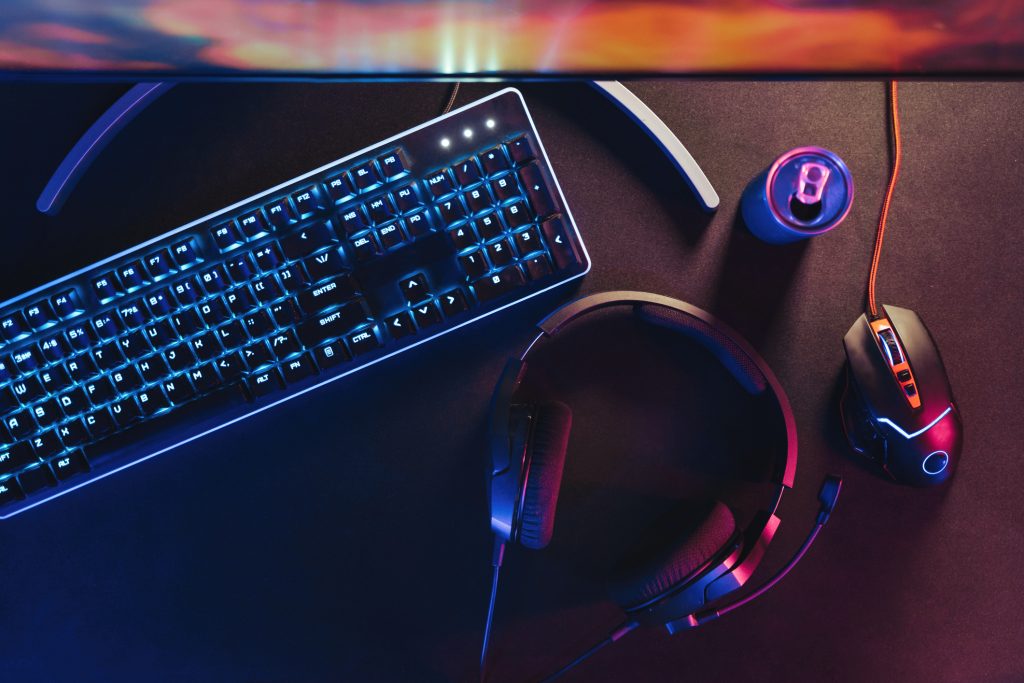Play and posture: how to keep your spine healthy when gaming
From Assassin’s Creed to Zelda, video games have quickly become the national pastime.
In fact, the average gamer in the UK spends just over seven hours playing every single week!
When you play a lot, you might notice more aches and pains in your back than usual. An unsupportive seat, sitting in the same position for hours at a time, and looking up or down for extended periods all play a part.
After all, when you’re immersed in a game and doing all you can to defeat the final boss, it’s easy to forget how your body is positioned.
The good news is that there are things you can do to alleviate back pain – no extra lives or continues required!
1. Keep a good posture
Good posture reduces pressure on the discs and joints in your back, alleviating and even preventing back pain.
When you sit down to play, sit with your shoulders back and don’t lean forward. Keep your knees and hips level, and place your feet on the floor. It might feel weird when you’re used to slouching, but you’ll definitely feel the difference!
2. Take regular breaks
While this might be the last thing you want to do when you’re on an all-out mission, taking a quick break allows you to stretch out your back and reduce the risk of pain.
Overly invested in your game? Set an alarm on your phone or get a friend to tell you to stop playing!
3. Invest in a gaming chair
If you’re serious about gaming, slouching on a beanbag or sitting on a worn-out sofa won’t give your lower back the support you need. Most gaming chairs have integrated lumbar support that improves your posture and keeps your back healthy.
Don’t quite have the budget for a new gaming chair? A lumbar cushion is fantastic for pain relief.
4. Do regular exercise
While your fingers might get a good workout when you’re playing games, it’s crucial to exercise the rest of your body too!
Exercise helps strengthen your core muscles, keeping the vertebrae in your spine correctly aligned. Even a 30-minute walk every day can make all the difference.
5. Set your screens at eye level
If you have to look up or down to view your computer screens, you either end up looking up and tensing your muscles or looking down and hunching over. Both of these lead to back pain!
Ensure your monitor or TV screen is at eye level before you play. A gaming chair is fantastic for this as you can adjust your chair to meet your eyeline.
Follow these hints and tips, and there’ll be more button mashing, less ‘ow, my back is done in’!

